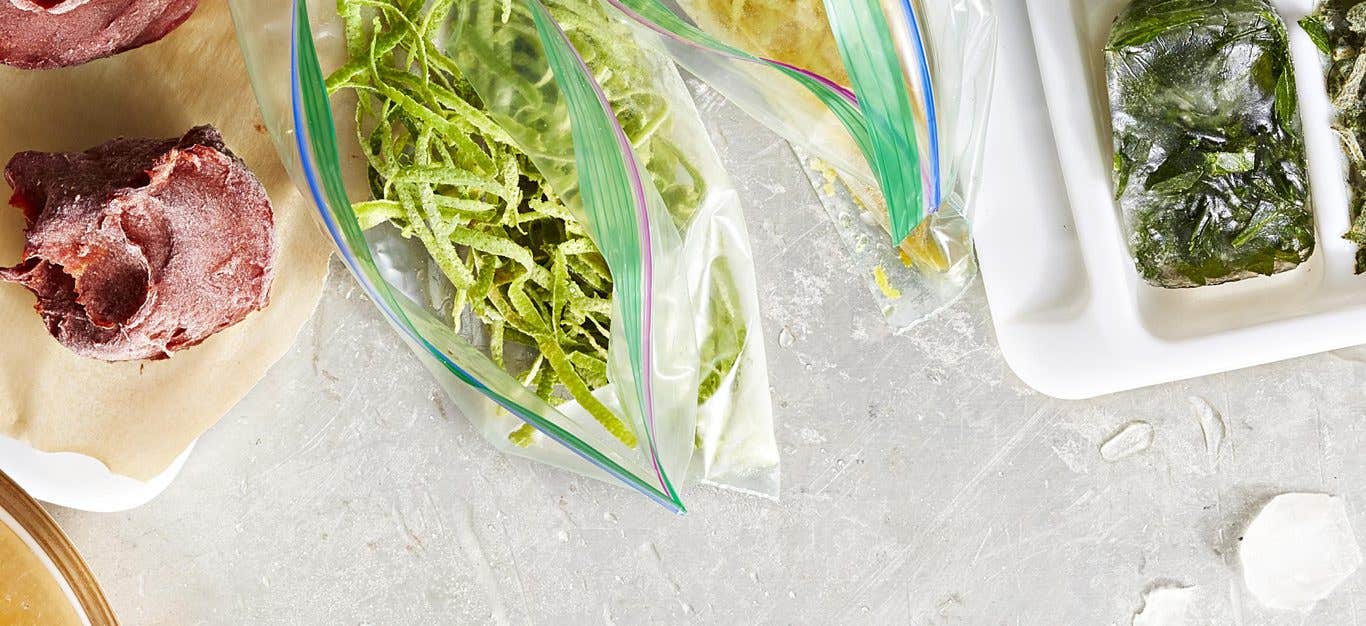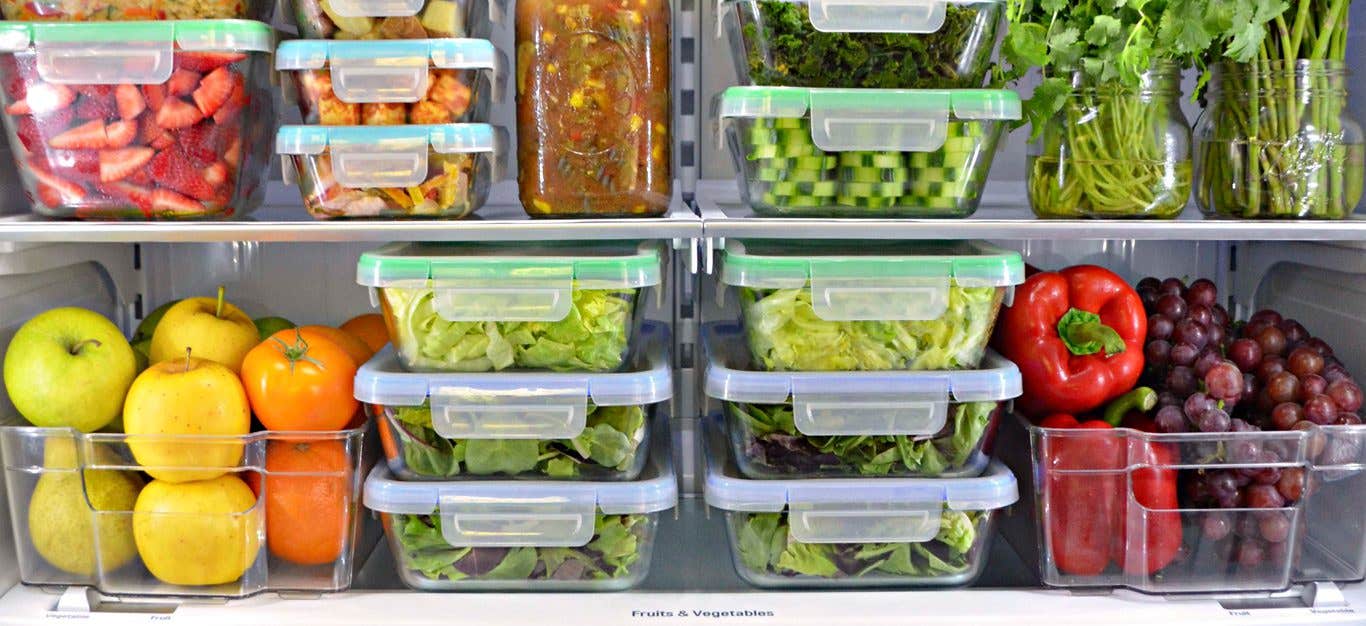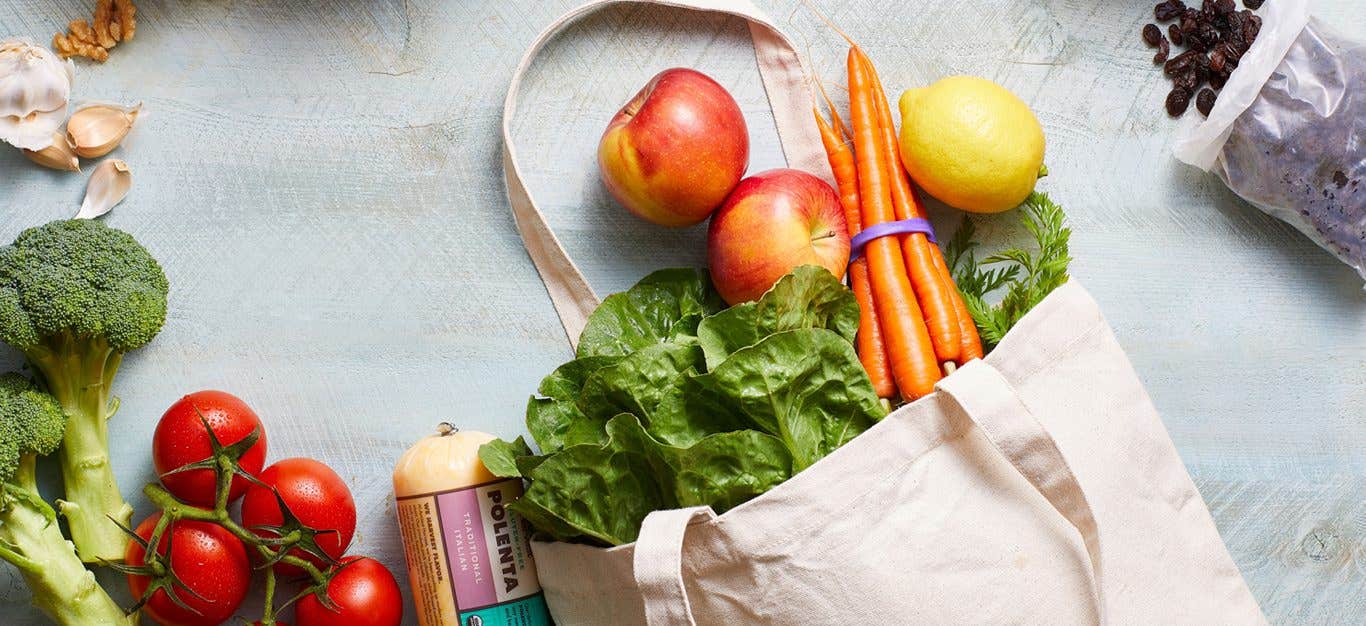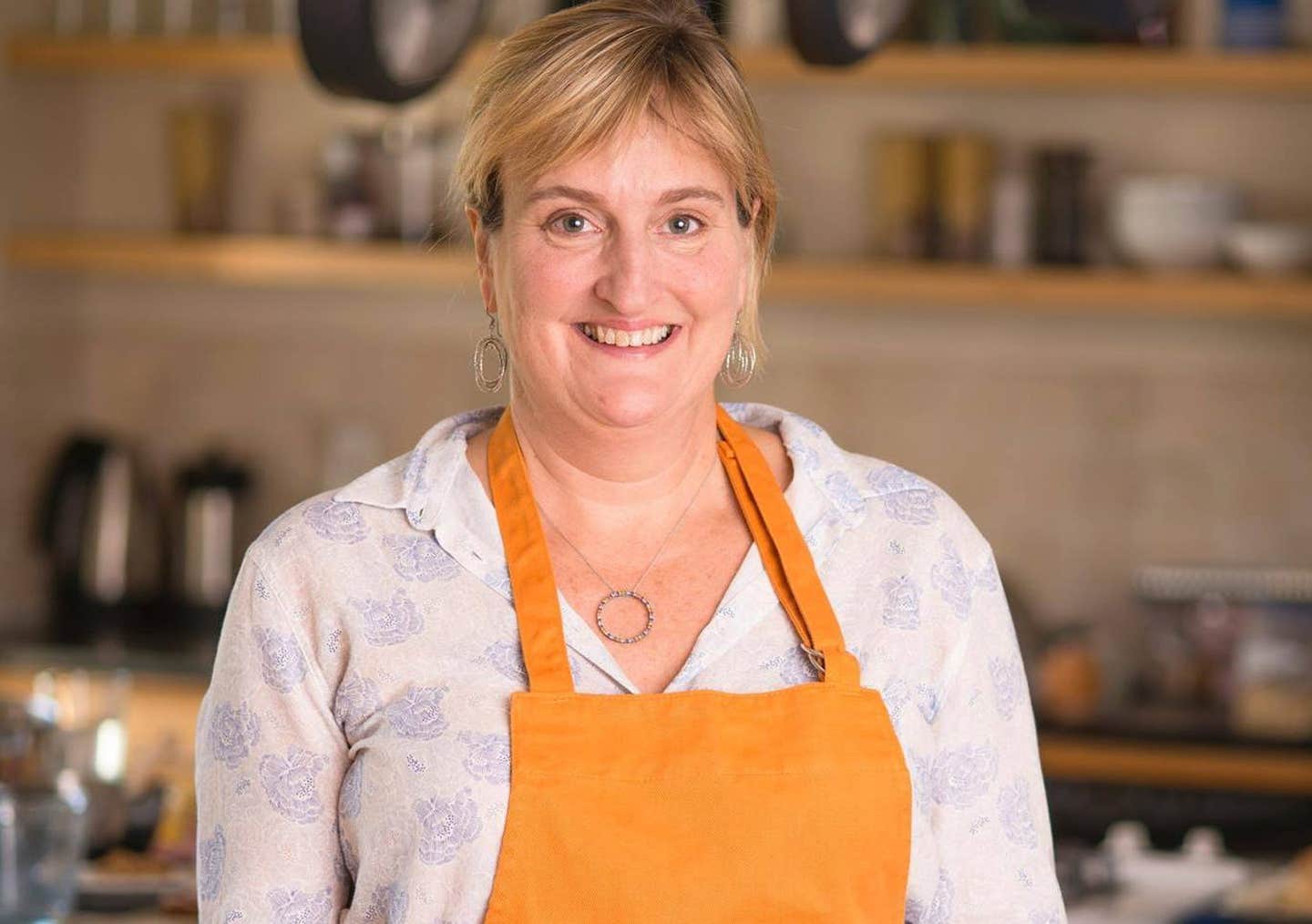Freezer burn is a catch-all term for the unpleasant changes in appearance, taste, and texture of frozen foods. Read on for tips on identifying it, avoiding it, and salvaging foods that have suffered from it.
What Causes Freezer Burn?
Toughening, shriveling, discoloration and ice crystal formation all fall in the freezer burn category. These changes occur when frozen food loses moisture over time and can be traced to three main causes:
- Poor packaging: When food isn’t tightly wrapped or sealed in containers, cold, dry air comes in contact with food surfaces, leading to dehydration. As the food’s moisture evaporates and collects in the container, it turns into ice crystals on and around the food. (See more on ice crystals below.)
- Fluctuating temperatures: Changes in freezer temperature draw moisture out of foods and promote ice crystal formation.
- Lengthy storage times: Over time, air can seep into even the most tightly sealed frozen foods and cause freezer burn.
How Do You Prevent Freezer Burn?
These tips will protect foods from freezer burn and can extend their storage life by several months.
- Store foods in tight-sealing, moisture-proof, food-grade packaging that is durable and leak-proof. Whether you choose rigid plastic or glass containers, freezer-safe resealable bags, or canning jars, make sure the packaging is easy to fill, seal, and label. Be sure to remove as much air as possible before freezing.
- Cool foods completely before freezing to help them retain their color, flavor, and texture. Hot foods can also increase overall freezer temperature and humidity, which can promote ice crystal formation.
- Pack foods in 1- or 2-cup containers that can easily be used up in a single recipe. Freeze homemade vegetable broth in 1-quart containers for use in soups and stews. You can also freeze smaller amounts of broth (for sautéing) and other liquids like lemon juice and aquafaba in ice cube trays (1 ice cube = 2 Tbsp.). Once frozen, transfer the cubes to freezer-safe zip-top bags so you can grab just what you need for a given dish.
- Label everything with the date it went into the freezer. Green Frog Tape and a black Sharpie work well for this task.
- Keep the freezer at least ¾ full and the temperature at or below 0˚F (-18˚C). A full freezer holds the cold better than an empty one and reduces the risk of fluctuating temperatures. And aim to consume frozen foods within three to six months, before freezer burn has a chance to occur.
- Open the freezer as infrequently as possible and check seals on older freezers to make sure they are still tight. Resist the temptation to use freezer door shelves for long-term storage. They may be more easily accessible, but they’re also more vulnerable to changing temperatures and humidity.
Are Freezer-Burned Foods Safe to Eat?
Foods with freezer burn are safe to eat so long as freezing temperatures have been maintained during storage. Even when fruits and veggies don’t look or taste as good as they did when they were first frozen, it’s mostly a textural problem; these foods can be used in blended recipes that disguise any changes in texture. Beans and grains can be added to brothy soups and stews that help plump and rehydrate them. (Lightly) frost-coated bread can be thawed and toasted or used to make bruschetta or croutons. For casseroles and other large items, simply trim away any dry or discolored areas after thawing, and prepare as usual.
What About Ice Crystals?
When frozen foods are covered in snow-like crystals, it’s best to toss them. But if only small amounts of icy deposits are present, scrape them off and get cooking: Just be ready to adjust cooking times and/or add extra seasonings to make up for texture changes and loss of flavor.
Help! My Frozen Veggies Are All Clumped Together
Is your freezer full of clumped-together vegetables, solid masses of beans and grains, big jugs of broth? As long as the clumping isn’t a result of partial thawing, then they’re totally safe to eat—but these big frozen blocks can be tricky to use when you only need a small portion for a recipe. When possible, break or slice off what you need, then refreeze the rest. If the block is too big or too hard, thaw it completely and repurpose any leftovers in other recipes. Refreezing makes foods more prone to freezer burn and ice crystal formation, and that’s why it pays to freeze things in smaller 1- or 2-cup portions.
The Right Way to Thaw Frozen Foods
Thawing foods at room temperature or in warm water is not recommended because bacteria can quickly multiply on food surfaces in these conditions. In addition, quick thawing can affect the taste and texture of frozen foods. Especially in the case of fruits and vegetables, quick thawing can cause, moisture to leach out rather than being reabsorbed.
For best thawing results, move frozen foods to the refrigerator one to two days before you plan to use them. Or, if you’re strapped for time, submerge sealed containers of frozen food in cold water. Change the water every 30 minutes until the foods are thawed (usually within an hour or two).
Two exceptions: If you need to quickly thaw corn kernels or peas for something like a salad, place them in a sieve, run under cold water, and use right away.
Related News
Get Our Best Price On The Forks Meal Planner

Forks Meal Planner takes the guess work out of making nutritious meals the whole family will enjoy.
Master Plant-Based Cooking!
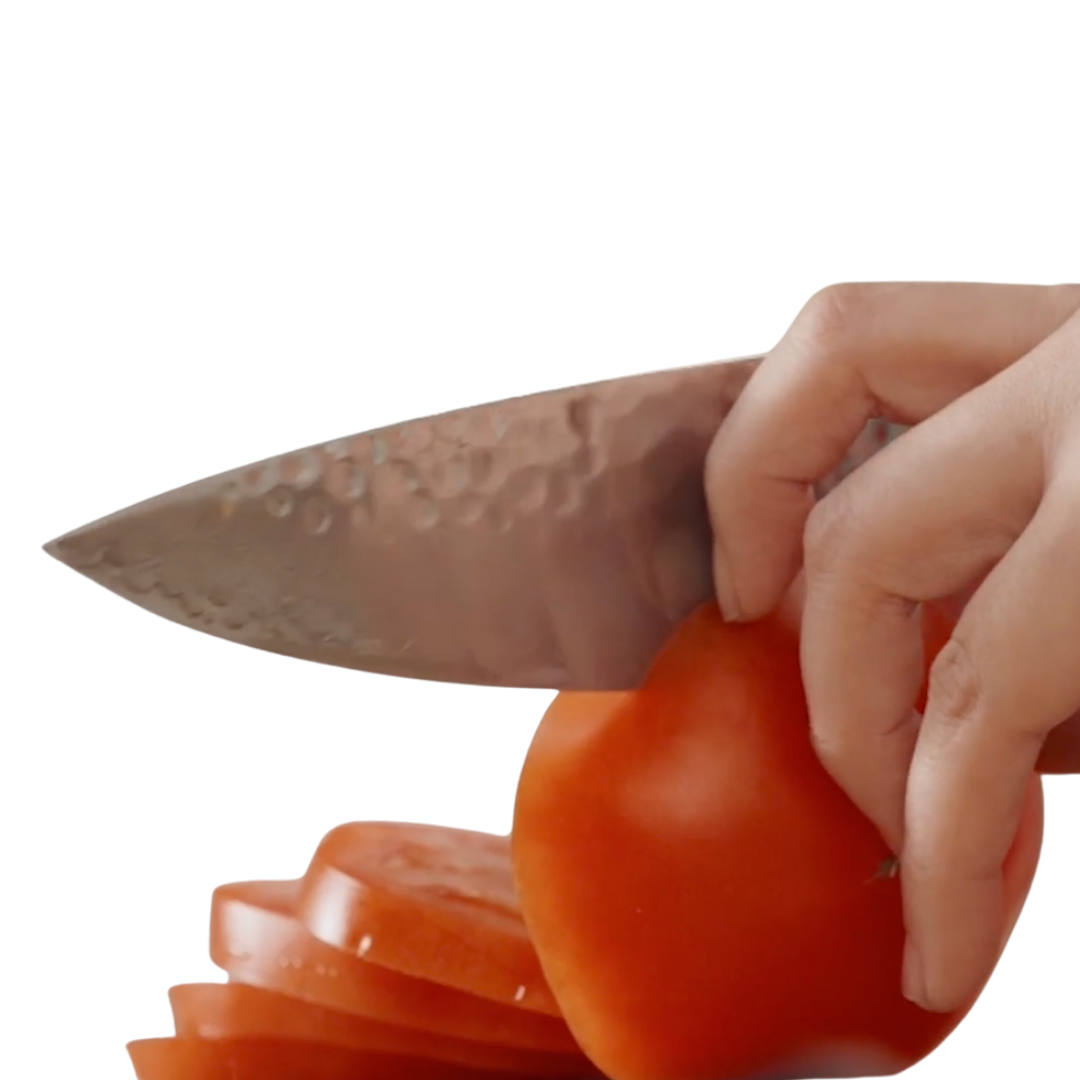
Our new course features over 100 lessons, 50+ recipes, downloadable guides, and more!
New Frozen Meals!
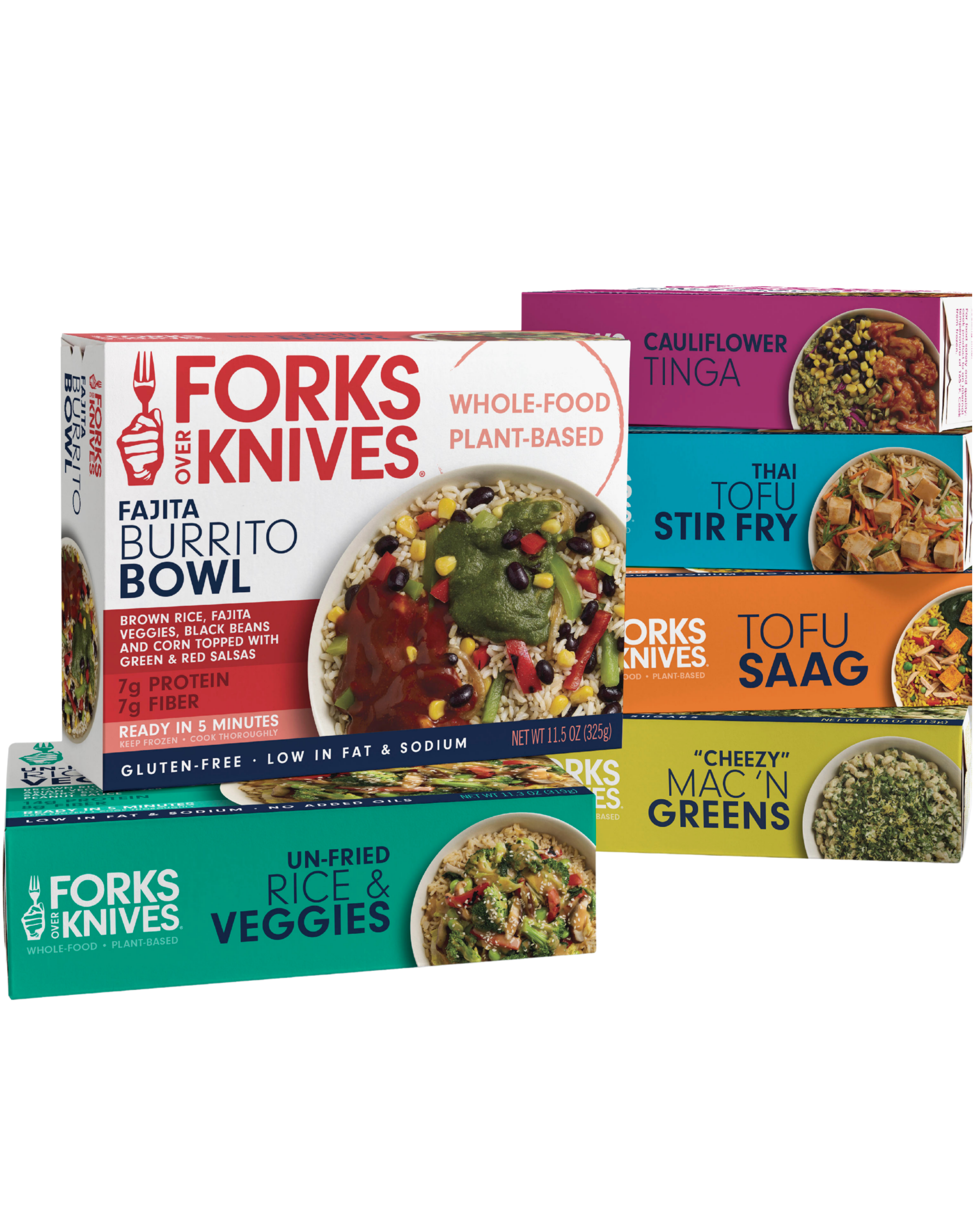
Introducing our new frozen meals: Doctor-recommended, chef-crafted, & ready in minutes.

